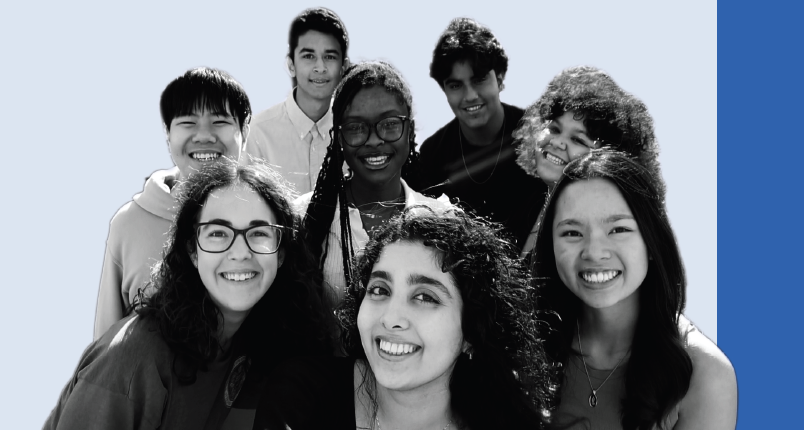As a school board, our priorities are set out in the Board of Trustees’ Multi-Year Strategic Plan. To achieve those priorities, the District Action Plan sets out goals that align with the strategic plan and our Board’s Mission, Vision and Values.
Building Unity, Achieving Excellence
Our roadmap for student success
 Student Achievement. We promote and support high expectations for all.
Student Achievement. We promote and support high expectations for all.
| Strategic Objectives |
|
|---|---|
| System Actions | Deliver Responsive Instruction and Assessment – Provide evidence-based strategies and resources that are differentiated to meet student strengths, needs, interests, and lived experiences.
|
 Health and Well-Being. We build healthy environments and positive relationships.
Health and Well-Being. We build healthy environments and positive relationships.
| Strategic Objectives |
|
|---|---|
| System Actions | Foster a Culture of Care – Value lived experiences, centre identity-affirming mental health practices and create conditions where students feel they matter and belong.
|

Human Rights and Inclusivity. We learn and grow together, and affirm our diverse identities.
| Strategic Objectives |
|
|---|---|
| System Actions | Cultivate Inclusive Leadership and Accessible Environments – Prepare leaders to remove barriers, and address bias and conflict by creating
|
